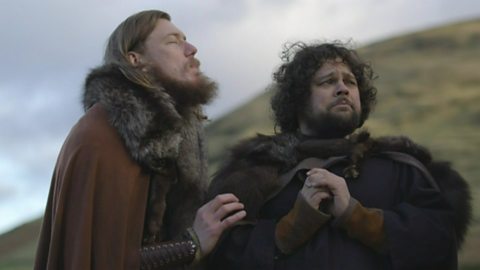What weapons and armour did the Vikings have?
Viking warriors fought using‚ÄØlong swords‚ÄØa≤‘ªÂ‚ÄØaxes. A good sword was handed down from father to son, but Vikings also‚ÄØburied‚ÄØweapons with their owner when he died.
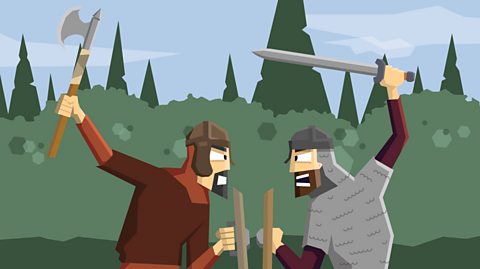
Vikings did not wear much armour. Some chieftains‚ÄØwore‚ÄØmail coats, made of thousands of metal rings but most relied on a round ∑…¥«¥«ªÂ±≤‘‚ÄØs≥Ûæ±±±ÙªÂ‚ÄØfor protection since these were very expensive.
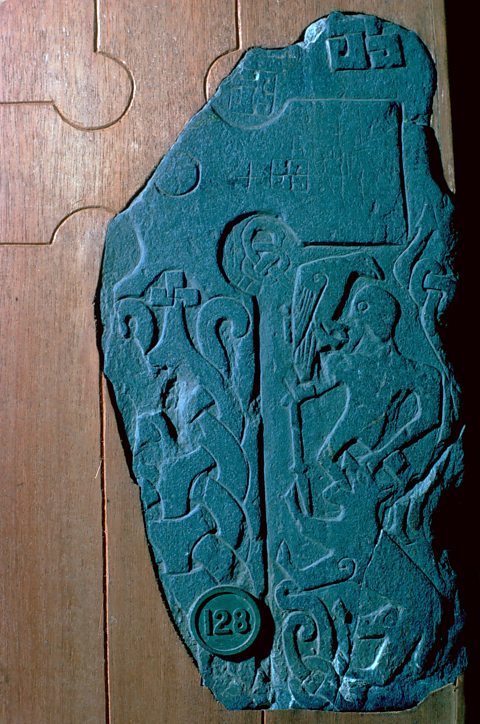
Some Viking warriors went into battle wearing wolf or bear skins. These warriors were called ‚Äòb±∞˘≤ı±∞˘∞ϱ∞˘≤ı‚Äô from Old Norse ‚Äòbear-shirt.‚Äô Berserkers believed that Odin, the god of war, gave them superhuman powers and that they didn't need to wear battle armour for protection and they fought in a frenzy.
The Vikings, like the Anglo-Saxons, fought on foot (not horseback) and in battle formed a ‚Ä»Ÿ≥Ûæ±±±ÙªÂ-∑…≤π±Ù±Ù‚Äô where they locked together side-by-side, shields in front, and pushed their enemy back until they broke up.
There were no prisoners taken in these battles. Those who could not run fast enough were killed and their helmets, weapons and armour were stolen.
How did the Vikings attack?
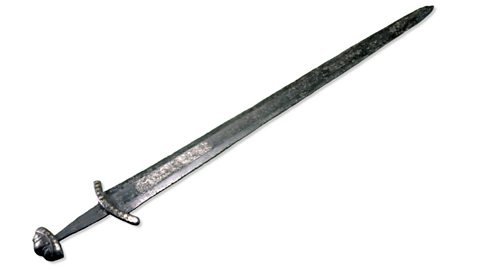
The Vikings did not send many ships on their first raids. They made‚ÄØsurprise attacks‚ÄØon places like Lindisfarne in AD793.
There was no English navy to guard the coasts so it was easy for small groups of Vikings to land on a beach or sail up a river.
But it was not long before larger Viking armies attacked Britain in AD866 almost conquering the English.

King Alfred and the Vikings
In AD892, over 300 Viking ships invaded Britain to fight King Alfred of Wessex. No one knows how big the Viking army was but if there were 20 men in each Viking ship, the army of AD892 numbered 6000!
That was a huge army for the time. Most Viking armies were smaller, perhaps 1000 to 2000 men.

King Alfred was prepared though, having fortified the towns and organised a large army drawn from his own warriors and the male population called up to do service.
One army stayed to guard the forts whilst the king shadowed the raiding ships, forcing them stay in their ships. Raids, ambushes and the occasional full battle went on for five years, until AD897.
Long ships and dragon ships
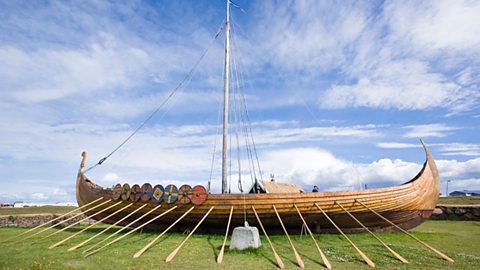
The Vikings built fast ‚Äòd∞˘≤π≤µ¥«≤‘-≤ı≥Ûæ±±Ë≤ı‚Äô and ‚Äòlong ships‚Äô for‚ÄØraiding‚ÄØa≤‘ªÂ‚ÄØwar.
They also had slower passenger and cargo ships called ‚Äòk≤‘¥«∞˘∞˘≤ı‚Äô. They built smaller boats too, for fishing or short trips.
A ship carried everything needed at sea – drinking water, dried meat to eat, tools, weapons, and furs to keep warm.
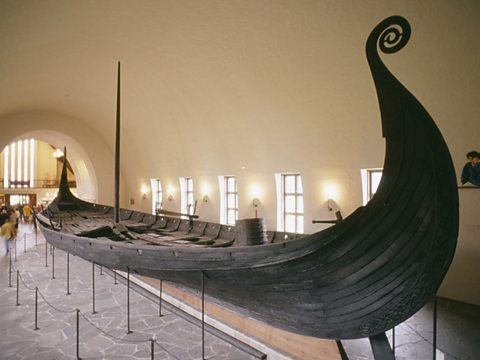
Viking long ships could sail in‚ÄØ≤ı≥Û≤π±Ù±Ù¥«∑…‚ÄØw≤π≥Ÿ±∞˘ so they could travel up rivers as well as across the sea. In a raid, a ship could be hauled up on a beach. The Vikings could jump out and start fighting, and then make a quick getaway if they were chased.
In France, bridges along the River Seine were built to prevent them getting too far into France!
The Battle of Maldon poem
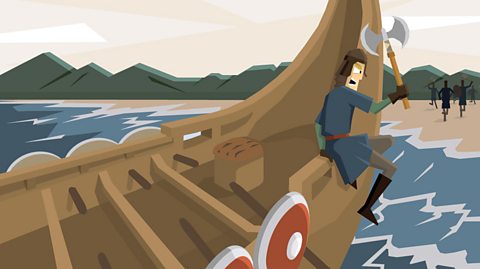
In AD991, a Viking force landed off the Essex coast. There were perhaps several thousand of them and the local English earl, Britnoth, allowed them to land safely on the causeway to give battle. This was probably to prevent them sailing elsewhere and attacking defenceless people.
In the heat of battle, Britnoth was betrayed and all his men died fighting with him. A famous Anglo-Saxon poem called The Battle of Maldon celebrated Britnoth’s bravery and tells us something of the battle:
Then loosed they from their hands the file-hard lance.
The sharp-ground spears to fly
Bow were busied – buckler met point
Bitter was the battle-rush, warriors fell…

What was the last Viking battle?
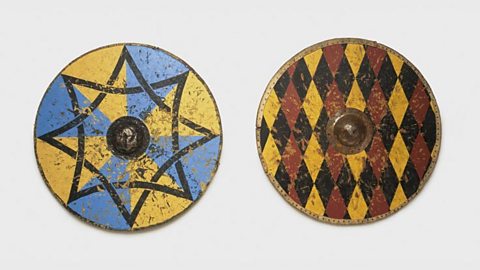
- The Battle of Stamford Bridge in 1066 was the last major Viking battle in England.
- It was between King Harald of Norway and Tostig and King Harold of England.
- King Harold won the battle.
Activites
Activity 1: Viking weapons
Click on the labels below to find out more about a Viking warrior’s weapons and armour.
Activity 2: Viking long ships
Click on the labels below to find out more about the parts of the a Viking long ship.
Activity 3: Viking battles
Bitesize Primary games. gameBitesize Primary games
Play fun and educational primary games in science, maths, English, history, geography, art, computing and modern languages.

More on Vikings
Find out more by working through a topic
- count9 of 10

- count10 of 10

- count1 of 10
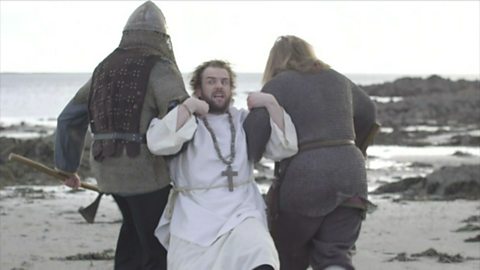
- count2 of 10
